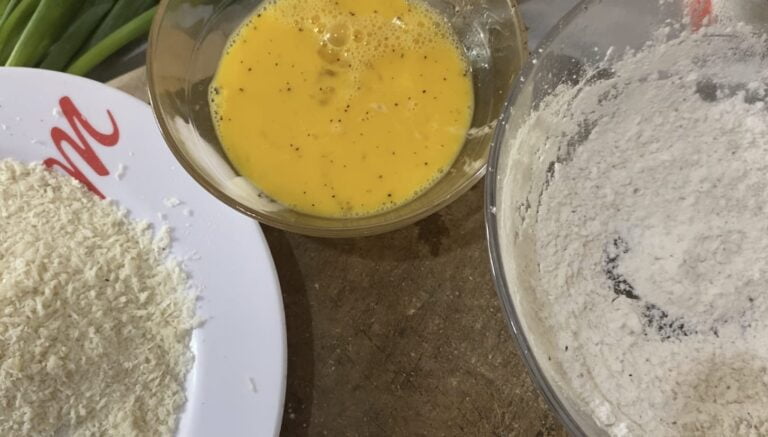How to Fry Pork Chops for the Perfect Balance of Crispiness and Juiciness!
What are the different cuts for pork chops?
Pork chops are a popular cut from the pig and come from the loin, which runs from the shoulder to the rear. The different cuts of pork chops each have unique characteristics and can be suited for various cooking methods. Here are the primary cuts you’ll find:
- Blade Chops: These come from the shoulder end of the loin, closest to the head. Blade chops are marbled with more fat and connective tissues, making them very flavorful but slightly tougher. They are best cooked using slower, moist cooking methods like braising to become tender.
- Rib Chops: Cut from the rib section of the loin, these chops include a rib bone. Rib chops are tender and have a good amount of fat, making them one of the juiciest and most flavorful chops. They are excellent for grilling or frying.
- Loin Chops: These chops come from the center of the loin and are identifiable by the T-shaped bone they contain, which has loin on one side and tenderloin on the other. Loin chops are leaner than rib chops but still tender. They do well when cooked quickly over high heat, such as grilling or broiling.
- Sirloin Chops: These come from the area around the hip and tend to be leaner and tougher than other chops because they contain more muscle groups. Sirloin chops are best when cooked slowly, such as in a stew or braise, to break down the tougher muscles and connective tissue.
- Boneless Chops: These chops are often cut from the loin or sirloin and do not include any bones. While convenient, they can be less juicy than bone-in options and require careful cooking to prevent drying out. Boneless chops are versatile and can be used in a wide variety of recipes.










